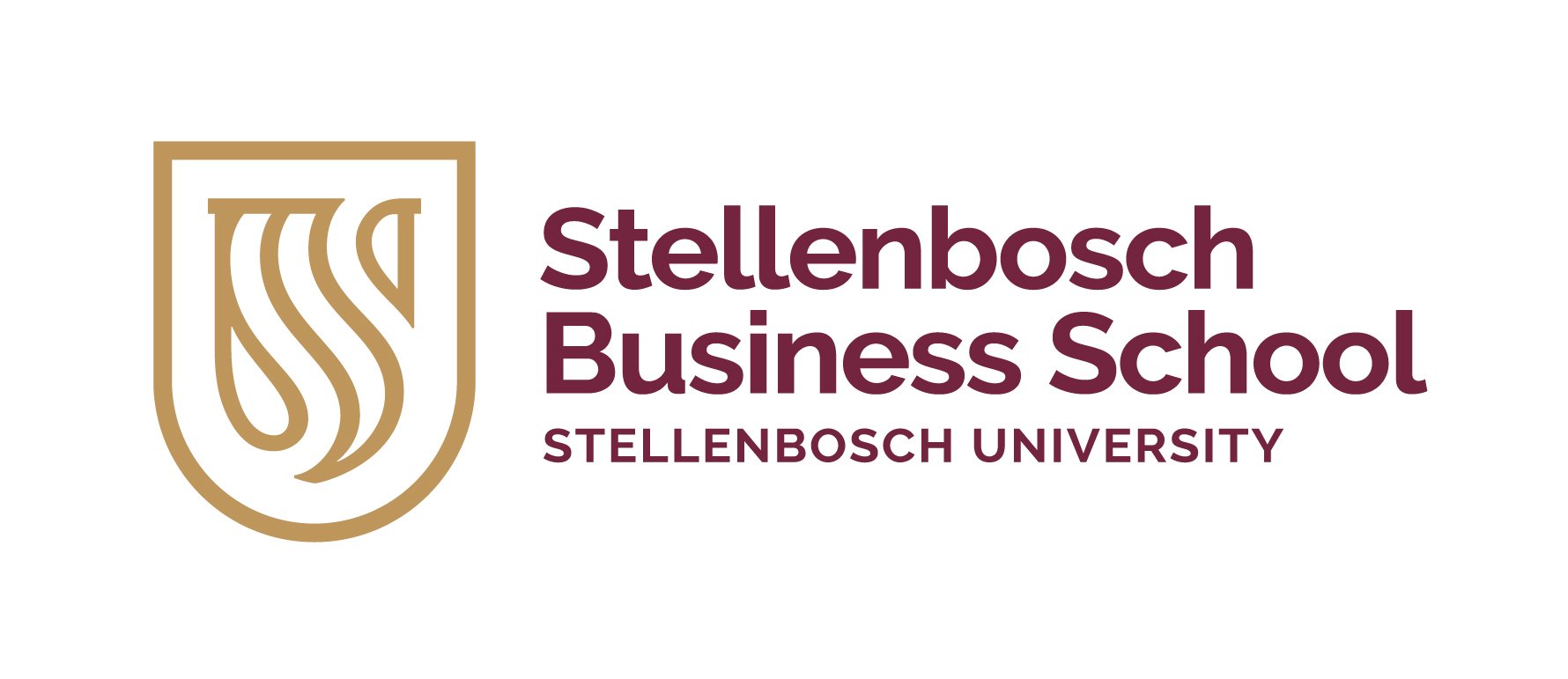Blended Learning at Stellenbosch Business School
At Stellenbosch University, blended learning is viewed as a broad understanding of contemporary teaching (Hrastinski, 2019) that includes the systematic, practical, and contextual-responsive blend of different pedagogical tactics, teaching practices and appropriate digital technologies (SU, 2022). It is important to note that all modes of provision – whether face-to-face, hybrid, or online – may use a blend of Teaching and Learning methods and technologies to enable the learning process.
Stellenbosch Business School exclusively deals with learn-and-earn students and has used blended learning with the Centre for Learning Technologies at Stellenbosch Campus for our Futures Studies programme for over 20 years and on our platforms since 2015. The module content is designed to be covered by students prior to attending classes. The Learning Management System (LMS) is configured to present the content and learning process to the students in a visual manner with clear guidance on the requirements to progress. Compulsory orientation sessions for students include ICT and LMS orientation. ICT and LMS support staff are available for any technical inquiries.
According to Hrastinski (2019), blended learning has many meanings, and it is important that an institution, practitioner, or researcher sensibly explain what the term means to them. Stellenbosch Business School terminology distinguishes between two modes of provision – blended and modular. The mode of provision refers to the instruction method. Some programmes have multiple modes of provision (e.g., the MBA and MPhil in Development Finance programmes both have blended and modular modes of provision options for prospective students).
With the modular mode of provision, the programme is offered in a physical classroom, with lecturers and students all present in person (face-to-face). The blended mode of provision for the PGDip Leadership Development, MBA, MPhil Development Finance, and MPhil Leadership Coaching programmes comprises certain on-campus block contact sessions coupled with other synchronous (in real-time) online classes. The online classes are live-streamed on Business School platforms with redundancy as well as fail-over capabilities. Academic staff and student protocols are in place to guide the synchronous learning process. Reliable internet connectivity and appropriate digital device(s) to engage in periods of fully online learning are required from students.
The synchronous (in real-time) online class sessions can be attended by the student from anywhere in the world which is beneficial from the convenience and cost perspective (e.g., accommodation and travel expenses are reduced). Another benefit of blended learning is that the programme is made available to a wider and more diversified group of students from across the globe. Guest lectures from industry experts can also be accommodated more frequently with blended learning. The 2023 Tomorrow’s MBA study from CarringtonCrisp and EFMD noted that blended learning is growing in popularity with more students seeking flexible study. At Stellenbosch Business School, all our degree offerings at the PGDip and Masters levels already have a blended option for students seeking more flexibility.
References
- CarringtonCrisp & EFMD. 2023. Tomorrow’s MBA. What prospective students want from their MBA and how they decide where to study.
- Hrastinski, S. 2019. What Do We Mean By Blended Learning? TechTrends, 63: 564-569.
- Stellenbosch University (SU). 2022. Hybrid Learning Strategy for a module.
Subscribe
Want to stay in touch with the Stellenbosch Business School community? Sign up and receive newsletters from our desk to your inbox.
SIGN UP

Leave Your Comment